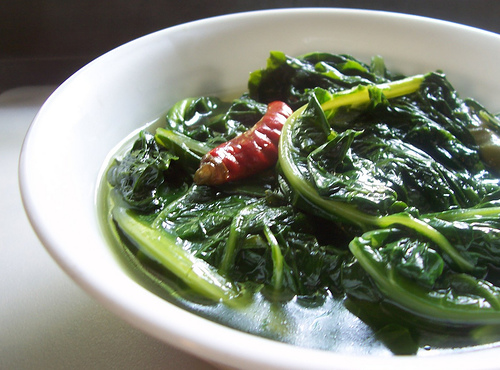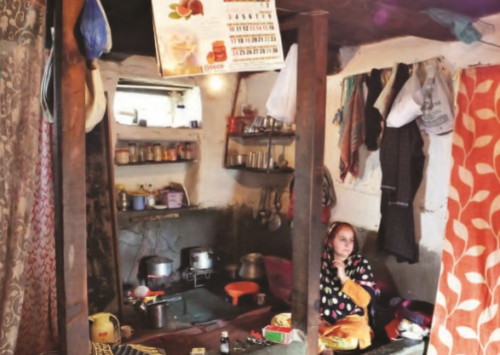The goodness of collard greens
A popular local delicacy in Kashmir, the Indian state where it is commonly grown, haak is a much relished staple.
Collard greens, as haak is known in English, are green, crinkly leaves with a bluish hue. A member of the vast Brassica genus, haak is of the family of the more familiar, kale. A nutrient packed vegetable, it is grown in parts of South America, southern United States of America (US), Portugal, and areas in Central Asia; and in the Indian state of Kashmir, where it is grown plentiful, and is part of everyday diet of the locales.
“Haak is grown in almost all kitchen gardens in Kashmir. It is part of the daily diet of many locals, and is available year round,” shares Ahmad Mukhtiyar, a Delhi-based multimedia journalist from Kashmir.
People in Kashmir know how to grow their haak, and which one to pick when buying the greens. They avoid buying it from a field that doesn’t get ample sunlight or from the one that also has tobacco growing on it or near it. While the leaves grown in shade will be cooked with difficulty, the other ones might have a tinge of tobacco, and an unpleasant bitter taste, different from its actual one.
A vegetable with a distinctive underlying pungency, it is prepared in different and local styles in Kashmir. Boiled, fried, and mashed, the greens are savoured in different textures. “While one recipe involves adding lots of chillies into the preparation, which make for a relishing dish, the boiled version known as the sewe haak or sewith haak is usually consumed by one when ill,” says Mukhtiyar.
The Barssica family to which haak belongs also includes cabbage, kale, broccoli, cauliflower, Brussels sprouts, kohlrabi, mustard, rocket, watercress, turnip and Chinese cabbage, among other leafy veggies.
One can, however, not compare haak with spinach, which belongs to a different family. While spinach leaves are soft and can be cooked easily, haak leaves have a waxy surface and take longer to cook. In fact, even after they have been boiled in a pressure cooker they remain coarse.
“People in Kashmir love their haak. They prepare the leafy vegetable with cottage cheese, but more often with meat or fish,” shares Mukhtiyar. There are also pickles made from haak, he tells us.
Haak makes for an important part in Kashmiri cooking, the state being one of the few places in India where it is found. Haak-baath or haak- rice along with a stew made from the leaves, are common delicacies here.
Haak can be commonly found in Kashmir, in vegetable markets, and also in the floating markets on the famed Dal Lake. The connoisseurs, however, throng to Kawdara, a region well known for various veggies that grow here, but more specifically haak.
Prepare haak at home
Start by removing the tough central stem from the leaves.
In a vessel, heat mustard oil to a smoking point. Add garlic, asafoetida and salt to it.
Now throw haak into the vessel, mix well, and let it cook till it reduces.
Now pour some water and let it come to a boil in an open vessel. Having no lid on ensures that the colour from the leaves is retained.
Haak is now ready to serve.












